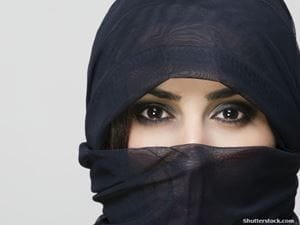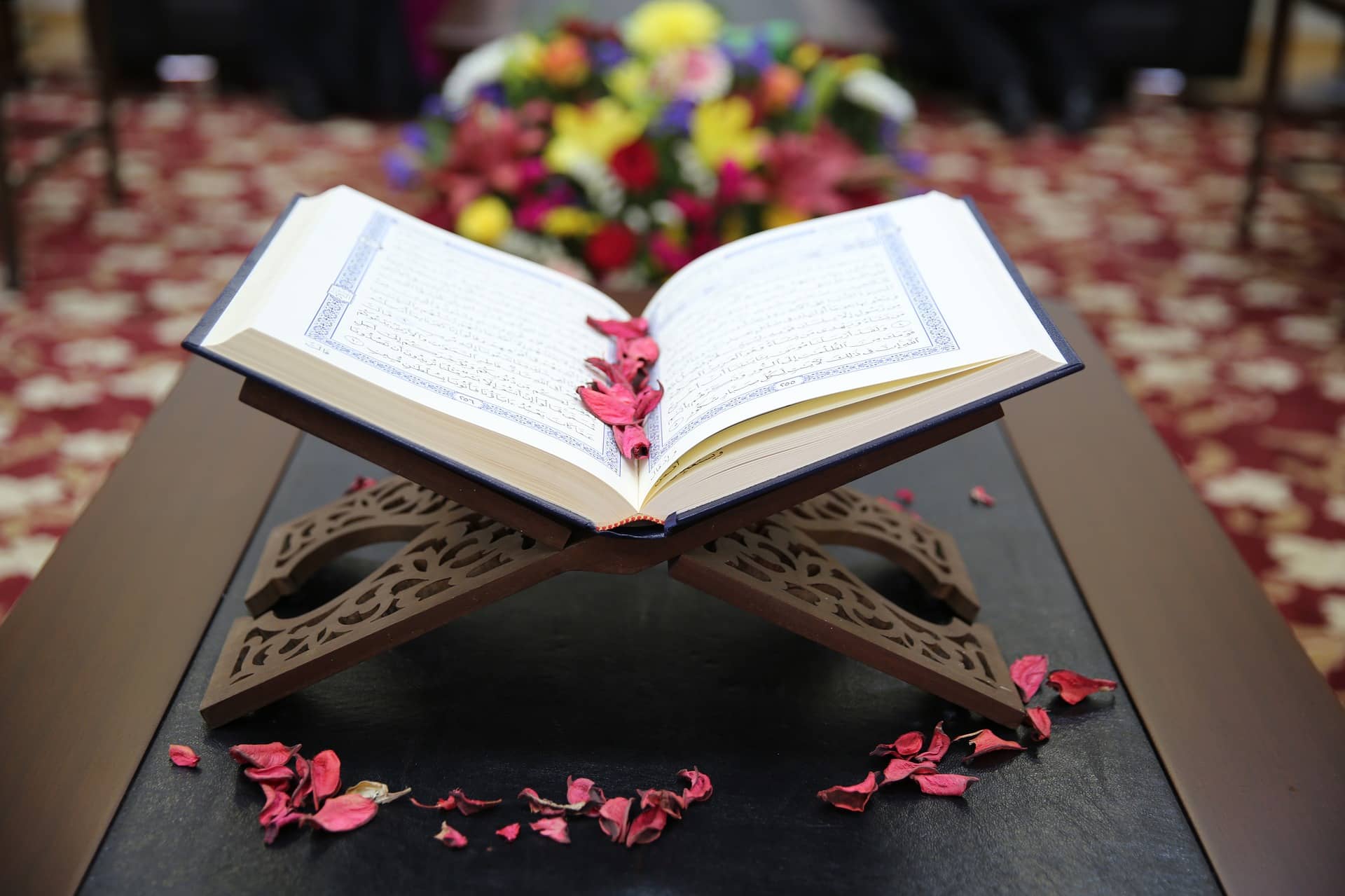
In 2009, I quit my job as Gulf Correspondent for The Washington Post and decided to pursue filmmaking full time. I had loved working for the Post, loved that Foreign Desk, but in the beginning of my last year I indulged a long-standing secret desire of mine.
I took an online screenwriting course, and fell in love.
I worked weekends on the course, and weekdays for the newspaper. Pretty soon The Washington Post felt like the husband for whom I had deep affection and respect, and screenwriting the new lover I was passionate about, that I couldn’t live without, that I would pursue to the ends of the earth.
I had become a journalist to tell stories from the Arab world, having endured years of out of context media sound bites demonizing my culture.
Arabs and Muslims were mainly news fodder, either demonstrating, blowing things up, or praying en masse. European deaths were a tragedy, Arab civilians killed by drones and bombs nothing more than collateral damage.
I was convinced the reason for this was their consistent dehumanization.
And film was no better. If you’re not a Muslim terrorist, you get very little screen or news time.
The Brussels attack is a case in point. Selective outrage separates us into people who matter and those who don’t. I am outraged and disgusted by the attacks in Brussels and by the loss of life. But I am equally outraged and disgusted when it happens to Muslims.
When Muslims see outrage when they kill but not when they get killed it creates a dissonance, a feeling of invisibility. The way the world reacts to your pain and grief determines your view of the world.
Viewing Muslims as one-dimensional, instead of a culture with its share of the good, the bad, and everything in between, just like every one else, is a dangerous fallacy. What we look at determines what we see.
I was raised by an idealist feminist father, and a Sufi Muslim mother not scared to buck tradition, and I knew first-hand that Arabs were much deeper and with much more humanity than the images I saw in news and films.
I longed to bring to life characters fascinating and flawed, with instincts for love and fun and a better life, just like everyone else.
I became a filmmaker to put a human face to the political story.
I cobbled together an education in filmmaking with directing workshops, acting and directing actors’ workshops, online courses, audio and hardcover books, and reading any script I could get my hands on.
This culminated in my first film, “Mariam,” in 2015.
Mariam tells the story of a French-Muslim teenager who wears the hijab headscarf and is forced to choose between her hijab and school when France passes a law in 2004 banning religious symbols from public schools. Mariam, a typical teenager interested in fashion, music, dance and boys, finds comfort in the parts of her Muslim identity she has chosen - prayers and sweeping her thick long hair into a hijab before leaving the house.
The idea for it was sparked during a trip to France in 2011 when the law banning the full face veil, the niqab, was being implemented.
I had just come from Saudi Arabia, where women are obliged to wear the hijab headscarf, even if they don’t believe in it, which is the case for me. And I felt a kinship for these women in France who also did not have the freedom to dress as they believed.
But I also understood the revulsion to the niqab. I know that most people perceive women who wear the niqab as backwards and oppressed and lacking intelligence and backbone. I know because that is how I perceived women who wore the niqab.
Despite being familiar with the sight of women in niqab all my life, I had very low regard for them. I didn’t see a woman wearing the niqab, I saw an entity that couldn’t think for itself, a pushover who couldn’t stand up to a father or husband, someone too uneducated to fight for her rights, and who couldn’t see how ridiculous she looked with her face covered, only her eyes peering out, like someone in an all black ‘Casper the Friendly Ghost’ Halloween costume.
Every time I saw women in the niqab I instinctively shrank into myself, resenting their weakness. It made me feel weak and backwards by association. We were both women, we were both Saudi, and we were both Muslim.
But a few years before coming to France, during research for an article on the ban on women driving in Saudi Arabia, I found a petition by a group of women supporting the ban. I was intrigued.
So I set out to write an article on these conservative women. A few refused to talk to me, saying the US media only spouts lies and half-truths. They didn’t trust a reporter working with an American newspaper to represent them faithfully.
The dozen or so who agreed to meet me all wore the niqab.
Under their niqabs I discovered a wide range of women - sultry divorcees afraid of their own desires, activists fighting for the rights of divorced mothers, and accomplished professionals including dentists, university professors, and award-winning scientists.
Talking to them, I realized that I was as guilty as everyone else in bundling a group of people together and thinking I knew who they were, when I did not know them at all.
Still, I do not believe that all women who wear the niqab in Saudi Arabia are as steadfast in their convictions about it as the women I interviewed. I’m sure many are pressured to wear it.
But in my brief peek under the face veil, I saw a human, a face, an individual, and I would not be able to view women who wore the niqab in the same way again.
That‘s why when I saw these women who wore the niqab in France surrounded by policemen, harassed by onlookers, forced screaming into police vans, taken into custody and made to take off their face veils, they were no longer just a weak-minded monolithic mass to me, they were individuals fighting for something I did not believe in, but that they did.
I felt that forcing a woman to take off the niqab is as painful as forcing her to wear it. And I couldn’t understand why so many protested enforcing the niqab, but did not object to forcing its removal.
With “Mariam” I provide that opportunity to audiences, the chance to take a peek into the life of a teenager they might otherwise judge.
And that is what draws me to film, it’s power to shine a light on the individual underneath the religion, underneath the skin color, underneath the headscarf.
This month I embark on a US tour of the film, bringing it to schools and communities to spark conversations on how to bring more understanding between Muslims and the West. I believe this to be more crucial now than ever when extremism has the loudest voice. But to judge every culture by its extremists is to destroy all bridges. Telling stories builds those bridges back up again.

